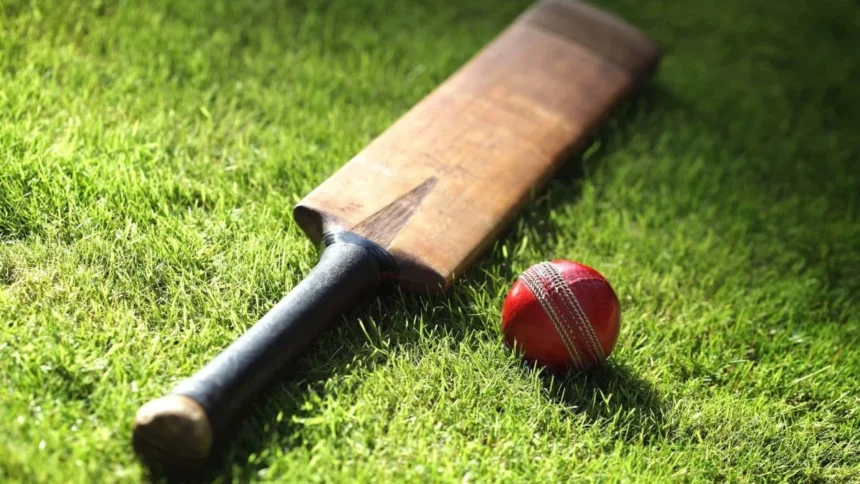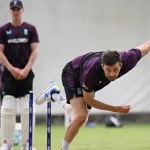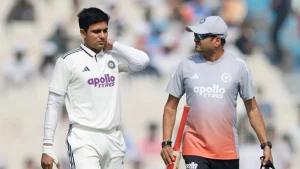Cricket has entered a new age in which data is starting to play a comparable role to talent. New age teams are diving deep into analytics to inform their strategy, improve performance, and outwit their opponents.
There is a Cricket Analyst behind every decision made during a match, a bowling change, a plan for the field placements, or a batting strategy that is shaped by a Cricket Analyst transforming raw numbers into valuable insights.
What is Cricket Analytics?
Cricket analytics involves collecting, analysing, and interpreting data related to cricket to enable better decision-making. This affects every other aspect of the sport:
How Cricket Analytics Is Used
By Players: To assess strengths, weaknesses, technique, and matchup performance.
By Teams: Game plans, team selection, and opponent scouting.
By Broadcasters & Media: This enhances their commentary, storytelling, and match insights.
By Fantasy Cricket Users: To predict the outcomes and player form.
From the international stage to the grassroots, analytics is shaping the way cricket is played and understood.
How Cricket Data Is Collected: The Technology behind the Insights
Advanced systems, which capture detailed real-time information, support cricket analytics.
Major Data Collection Methods
Hawk-Eye Ball Tracking: Measures speed, seam movement, swing, trajectory, and bounce.
Wearable player sensors that track workload, movement, and fitness load.
Video Analysis Software: breaks down bowling action and batting techniques, frame by frame.
Digital Scoring Platforms: Real-time ball-by-ball stats driving predictive and performance analytics.
CricHeroes now provides professional level analytics to the average cricketer in the form of match insights, player insights, tournament breakdowns, and team performance tracking.
How to Be A Cricket Analyst: Skills & Tools You Need to Master
To be a successful Acrkect Analyst you need cricket intelligence, data skills and technical software knowledge.
1. Essential Skills Needed
Cricket knowledge
Recognize various formats, conditions, strategy and roles of players.
Statistical reasoning
Find patterns, benchmarking measures, and leading indicator analysis.
Technical and analytical ability
To play with scoring systems and video & performance data.
Visualization and reporting
Provide analysis and reports by metrics using dashboards, charts and tables for coaches and players.
2. Tools Used in Cricket Analytics
Excel & Google Sheets: The minimum requirement to organize and analyze match stats.
Python & SQL: Perfect to ‘get your creative on’ with your data! Great for data manipulation, automation, and prediction modelling.
Power BI & Tableau: Best for data viz but not a must.
CricHeroes: Offers detailed analytics for players, teams and matches at all levels of cricket.
Where can you work as a Cricket Analyst
As a Cricket Analyst you can work across a selection of sectors:
Professional teams
Analysts will work domestic, franchise and international teams to develop performance and plans.
Broadcast & Media
Provide data-driven insights, match breakdowns, and on-air analysis.
Fantasy Cricket Platforms
Build predictive models and player-performance algorithms.
Cricket Academies & Coaches
Improve player development by using data-backed analysis.
Freelance, Blogging & YouTube
Create analytical content, grow an audience, and build your portfolio.
The Future of Cricket Analytics
Due to the rapid advancements in the areas of AI, machine learning, and automation, the role of the Cricket Analyst is growing faster than it ever has in the past. Platforms such as CricHeroes are now bringing advanced analytics to school and local league levels and creating infinite possibilities for aspiring analysts.
ALSO READ: WPL 2026 To Be Held In Mumbai And Baroda From January 7 To February 3





















